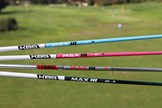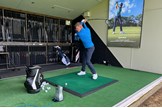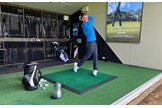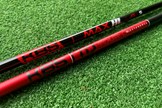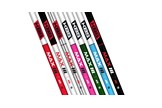TESTED: KBS Max HL – Should you use a High Launch driver shaft?
Last updated:
The KBS Max HL driver shaft promises to up launch, spin, and forgiveness, my review finds out if it delivers.
Over the last couple of years most brands have introduced High Launch irons into their ranges, they recognize that slower-speed golfers need extra loft to launch shots for optimal speed, distance, and stopping power. Spotting the growing trend early in the iron market KBS, who make some of the best driver shafts, reckons many average-speed club golfers could also benefit from similar high-launch driver shafts. Here’s my guide to deciding whether the KBS Max HL driver shaft could benefit you.
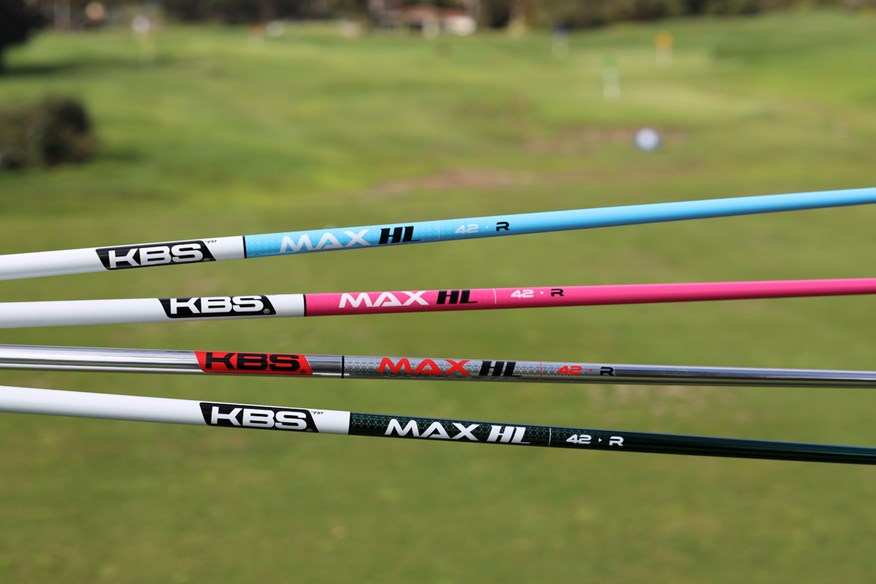
What you need to know about the KBS Max HL driver shaft
The KBS Max is already a popular iron shaft
If you’ve played the TaylorMade Stealth, Qi, or Wilson Dynapower irons you will have already experienced the KBS Max as it is the stock shaft for all these models. The Max is a popular choice for irons aimed at average-speed club golfers, as its lighter weight, lower bend point, and more flexible tip section are great for upping launch, adding peak height, and bringing a good degree of stopping power to strong loft irons.
If you’ve already played the Max in your irons it’s likely you’ll be a good candidate for the same model in your driver.
The Max HL is designed for swing speed, not flex
Way too many golfers get caught up in which flex of shaft to play in their driver, where in fact making the right weight choice is a much more important decision to get right. I love the way that the new Max HL KBS has been designed to suit specific swing speeds rather than aiming at certain flexes.
Of course, you’ll still want to get fitted should you be looking at buying a new driver shaft but the idea means it’s possible to go into a fitting having an idea of which weight is likely to best suit your game. You should also be less blinkered into believing because you’ve always played a regular or stiff shaft that you need the same setup in the KBS Max HL. Just remember thanks to there being no standards for regular or stiff shafts in golf that very often that isn’t the case.
Generally, though, the 45g will be considered a stiff flex whereas the 42g would be regular and the 40g a senior/ladies flex.
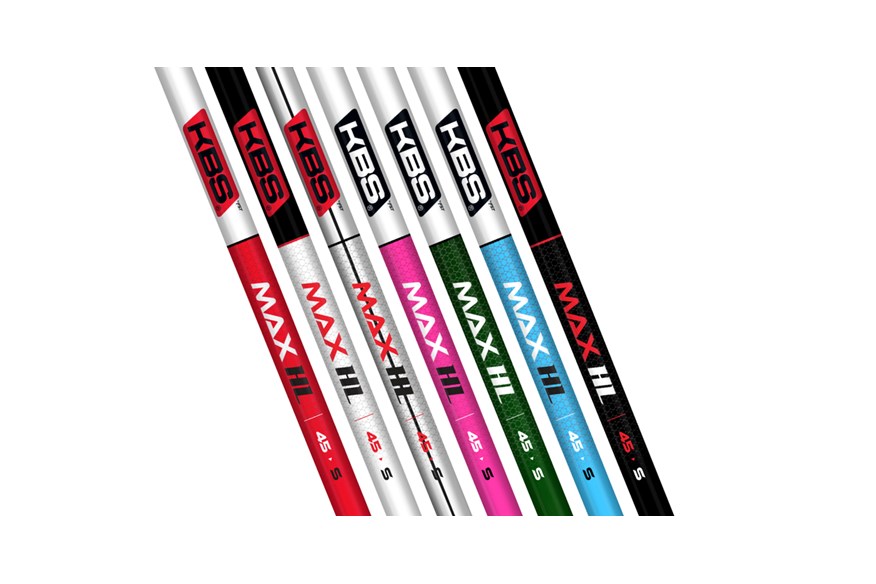
Expect high launch, more spin, and added forgiveness
Golfers have been conditioned to believe that low spin equals hitting shots further for decades, which it does so long as you have enough speed to launch shots to a good peak height. The trouble is as we’ve seen with irons, there are tons of more average speed players out there who just don’t have that speed.
These are exactly the golfers who would actually benefit from hitting shots higher with more spin (which High Launch irons do) not less, which will keep shots in the air for longer and fly further. So, if your driver swing runs to a modest pace it’s highly likely the KBS Max HL can do a job for you.
Details: KBS Max HL driver shaft
RRP: $99.95 / £115
45g: 73 – 80 mph swing speed
42g: 65 – 72 mph swing speed
40g: 65 mph and below
Seven colors: Black, White, KBS Red, Chrome, Hot Pink, Light Blue, Rainbow
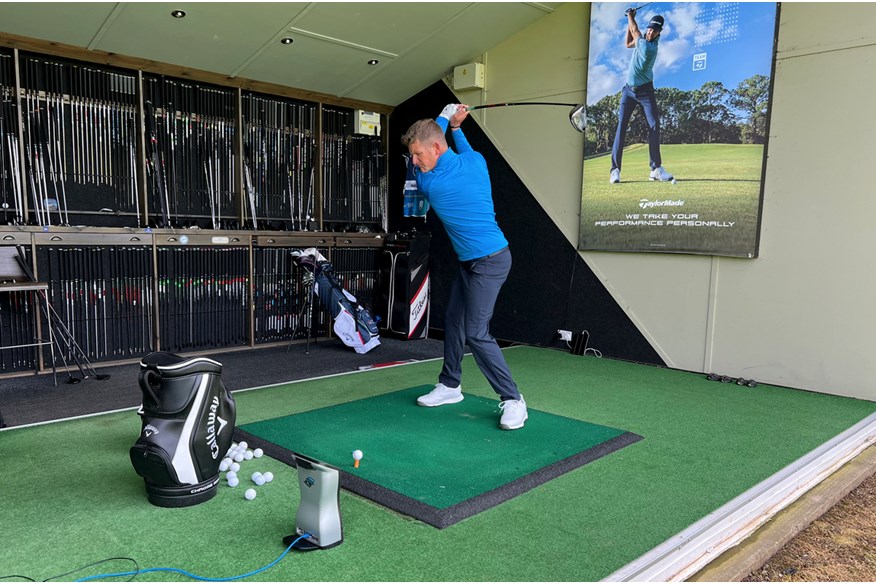
How we tested the KBS Max HL driver shaft
Ask any golf club engineer and they will tell you to ensure an accurate comparison of any golf club or shaft you must use a consistent and repeatable striker. If you employ a tester who’s spraying shots across the face of the club essentially you end up analyzing how the tester has performed with each product, which of course bears no relation to how each product performs or compares.
We asked KBS to send us a 46g (stiff flex) Max HL driver shaft along with one of the brand’s tour-level TD 60 Category 4 driver shafts, with the idea being when hit by our test pro we could see the difference between the pair and see what the Max HL brings to the party.
We created an indoor test lab at Keele Golf Centre to ensure a controlled environment which meant we could use premium Titleist Pro V1x test balls and a Foresight GC Quad launch monitor. TG test Pro Neil Wain hit each shaft in his own Callaway Ai Smoke Max driver and we hit shots at both 9° and 10.5° to show what impact dialing down the loft has on ball speed, launch, backspin shot height, and carry distance.
We rejected any major misses our test pro wasn’t happy with but recorded how shots launched, span, peaked out, and how far they flew.
Verdict: KBS Max HL driver shaft
I’ve done tons of testing with Neil over the years and lightweight driver shafts have never really been his bag. He typically uses a 60g driver shaft so changing weight to him has always meant a drop off in stability and his ability to ‘time’ shots is massively diminished, so dispersion inevitably jumps up, but that just wasn’t the case with the KBS Max HL.
Yes, we had to dial in the loft to suit him, but by dropping from 10.5° to 9.5° Neil saw a gain in ball speed of 1.5mph (as you’d expect) and an extra 4 yards of carry distance. His numbers and hanging ball flight were so good he said he’d happily play the model on the golf course. This has never been the case with a lightweight driver shaft before.
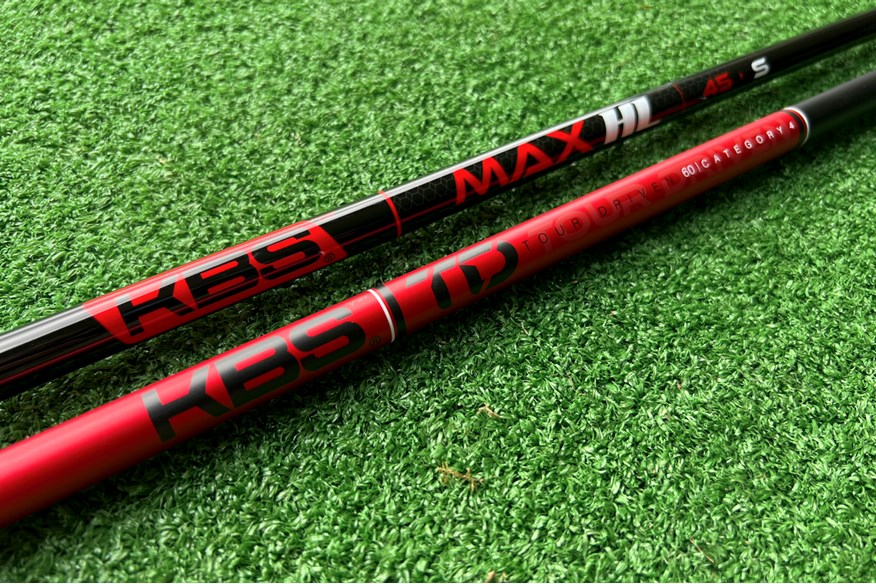
Interestingly as you’ll find yourself just by switching to the lighter shaft from the heavier TD we saw an instant gain in ball speed of 1.1mph which absolutely nobody will not want. The thing that really impressed our test pro though was the HL’s stability. Bear in mind this is a driver shaft that’s a third of the cost of many premium models, Neil thought the model was a brilliant mix of both worlds, so it feels a little softer and more playable than the TD but critically remains stable.
Hats off to KBS the Max HL does exactly what they promised. The shaft launched 1.4° higher at both our 10.5° and 9.5° test lofts. At 10.5° the model created 390 rpm more backspin, which at slower speeds will keep shots in the air for longer and help optimize carry distance. And at the higher loft, the shaft flighted shots 7 yards higher (than the heavier TD) giving Neil the hanging ball flight he loves to see.
Of course, cynics will point out the 6.1° steeper landing angle, so balls won’t run out as far as lower-flighted shots. That is true, but in winter in the UK, shots have virtually no run out anyway and a higher, longer flight from the tee is likely to mean you can sneak shots over hazards that weren’t previously carriable.
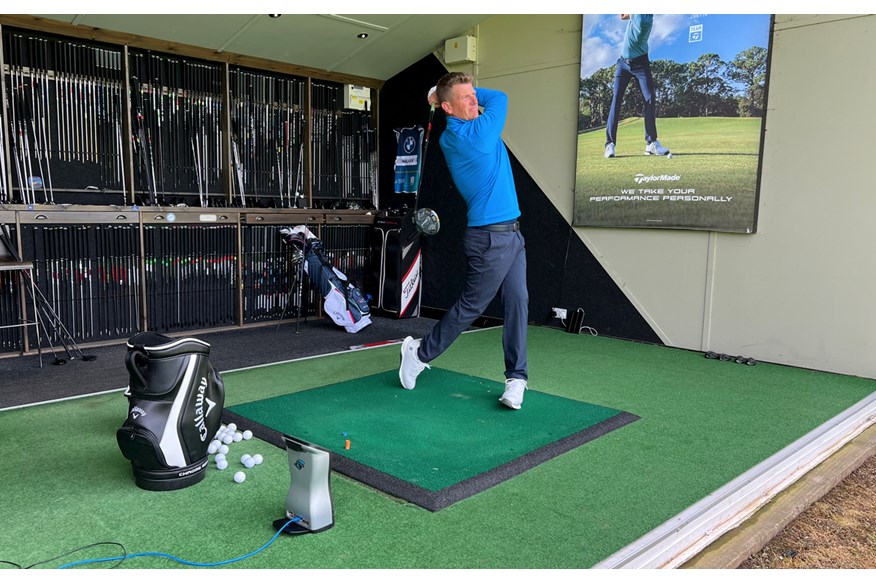
Data comparison: How do the KBS Max HL and TD driver shafts compare in numbers?
| LOFT | BALL SPEED | LAUNCH | BACKSPIN | HEIGHT | DESCENT | CARRY | |
| KBS TD | 10.5° | 157.9 MPH | 10.3° | 2410 RPM | 28 YDS | 33.7° | 269 YDS |
| KBS TD | 9.5° | 159.1 MPH | 9.6° | 2345 RPM | 26 YDS | 32.3° | 272 YDS |
| KBS MAX HL | 10.5° | 159 MPH | 11.7° | 2800 RPM | 35 YDS | 39.8° | 271 YDS |
| KBS MAX HL | 9.5° | 160.5 MPH | 11° | 2570 RPM | 32 YDS | 36.8° | 275 YDS |
Should you buy a High Launch driver shaft?
From what I’ve seen if you are a player whose driver swing speed hovers around or just below average (that’s 92/93mph) then a high launch driver shaft could absolutely help optimize your driver game. Just like slightly weaker lofted irons can help flight shots higher with more spin so approaches land and stop on the green a super stable and consistent high launch driver shaft like the KBS Max HL could help you hit longer and straighter more consistently.
Don’t forget too, if you have a reasonable level of speed you may be able to use a lower loft and gain more ball speed thanks to the shaft’s higher launch tendencies.
I say it a lot but there’s no point in making the game harder than it needs to be. From experience I know it’s horrible standing on a tough driving hole and having to swing out of your boots to make a carry, the Max HL can help as you’ll be able to swing within yourself and get better results.
